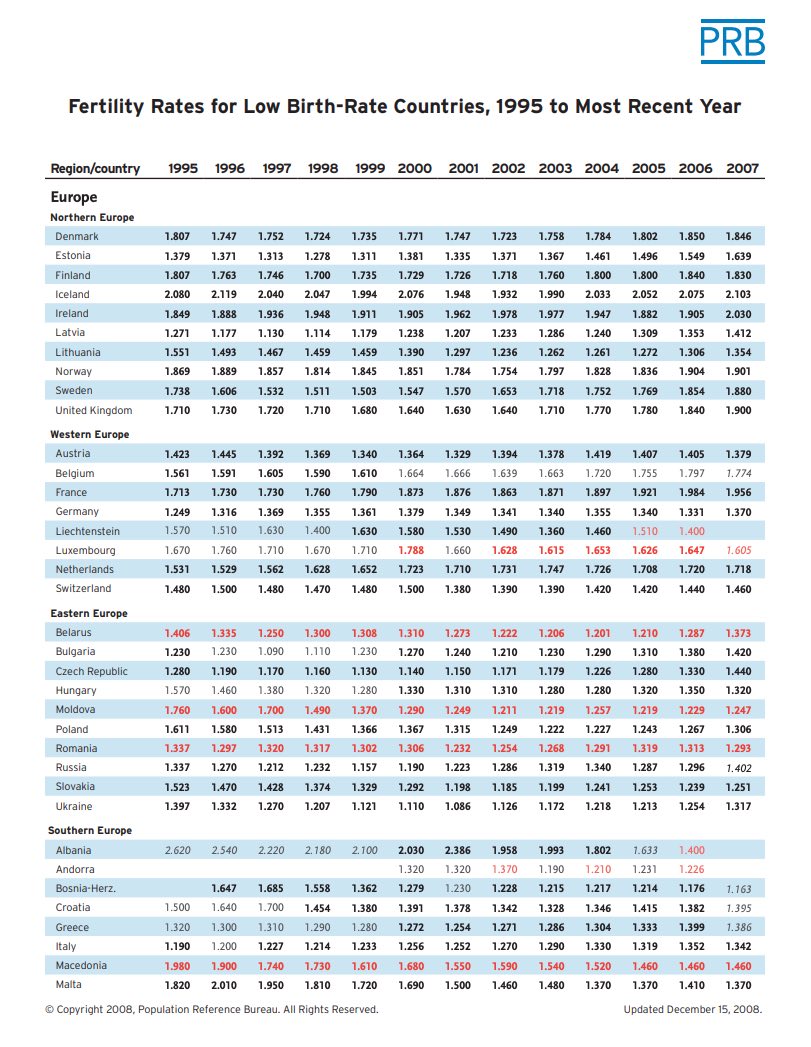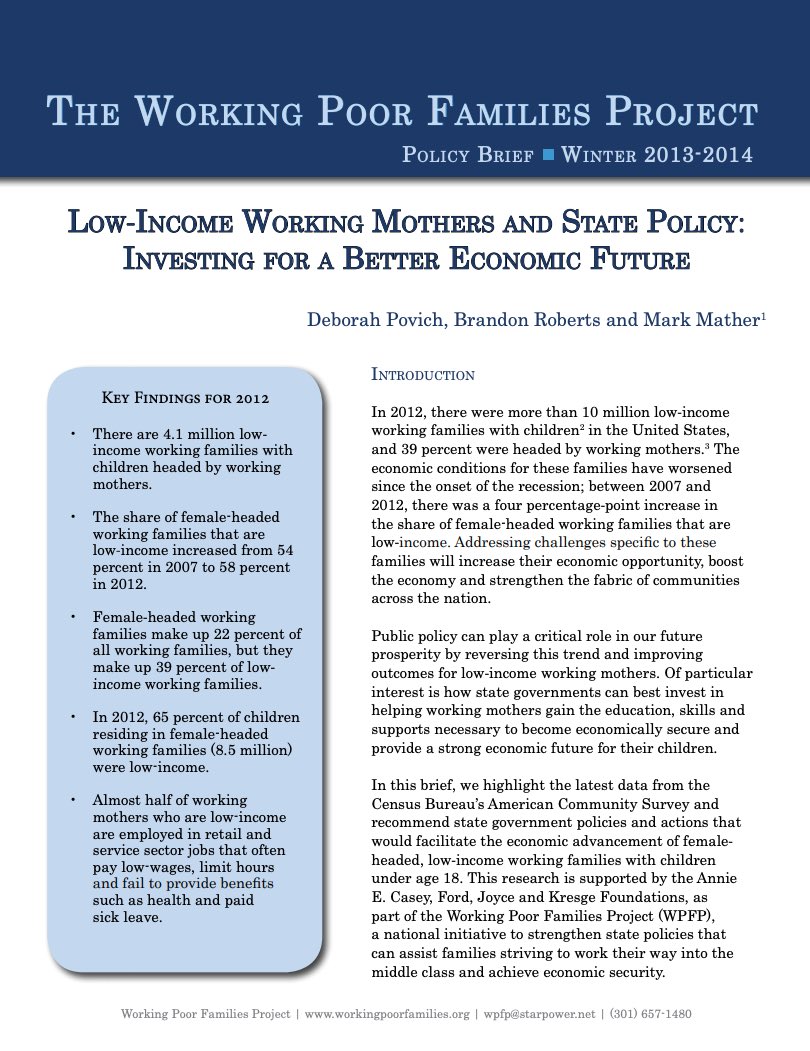497 Search Results Found For : "Low-priced"

Workers at Risk During the Coronavirus Pandemic: Four in 10 Food Preparers and Servers Are Low-Income
A PRB analysis finds that workers in one of the hardest-hit sectors—food preparation and server-related occupations—are among the most economically vulnerable.
PRB Discuss Online: U.S. Economic and Social Trends
(2010) During the current U.S. recession, homeownership and mobility rates have dropped; poverty has increased; and commuting patterns have shifted toward greener, more cost-effective options.
Japan’s Demographic Future
(2010) The phrase "1.57 Shock" was widely used in Japan 20 years ago in reaction to the lowest fertility rate in the country's history.
Voucher Programs Encourage Quality Reproductive Health Services
Many women in developing countries, too poor to pay for the reproductive health services they need, use vouchers to defray the cost of care.

Poverty and Inequality Pervasive in Two-Fifths of U.S. Counties
By looking at the intersection of poverty and inequality in local areas—and how this has changed over time—we can produce a more complete picture of U.S. economic health.
Project: Center for Public Information on Population Research (CPIPR)
Urban Agriculture Increases Food Security for Poor People in Africa
(2013) Urban agriculture is helping poor people cope with food scarcity and hunger. Growing crops or raising livestock in backyards or on undeveloped plots of land improves food sources and offers many urban poor a viable income.

Tracking Trends in Low Fertility Countries: An Uptick in Europe?

Project: Working Poor Families Project
Policy Brief. Low-income Working Mothers And State Policy
U.S. working mothers have had a hard time in recent years: Between 2007 and 2012, the share of female-headed working families that are low-income increased from 54 percent to 58 percent, according to a Population Reference Bureau (PRB) analysis of data from the U.S. Census Bureau's American Community Survey.
